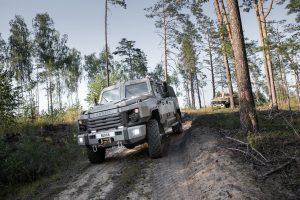The Differences Between Driving Trucks And Cars
There is much more to driving a truck than just steering and hitting the gas! Read this article to learn about the differences between trucks and cars.
What is the difference between trucks and cars?
The main difference between driving a truck and driving a car is the size of the vehicle. Trucks are much larger than cars, requiring more space to maneuver. It means that you must be more careful when driving a car and be aware of your surroundings at all times. Another difference is that trucks typically have a higher center of gravity than cars, making them more challenging to control on slippery or uneven roads. Finally, trucks generally have less horsepower than cars, so they can’t accelerate as quickly or reach the same top speeds.
What are the pros and cons of driving a car or truck?
There are some benefits to driving a truck, though. Because they’re larger, trucks can tow more weight than cars, which is helpful if you need to move something heavy or transport large items. They also tend to have better fuel economy than cars so that you can save money on gas over time. And if you’re looking for a vehicle with serious off-road capabilities, a truck is probably your best bet.
Whether to drive a car or truck comes down to personal preference. Consider your needs and lifestyle when making your decision.
How is parking different for cars and trucks?
Most people are used to parallel parking, but when driving a truck, you must be mindful of its length and width. You’ll need to find a spot that’s big enough to accommodate your vehicle, and you’ll also need to be extra careful not to hit anything when you’re backing up.
Beatriz Berbet
Marketing & Social Media Intern
As a Marketing and Social Media intern, Beatriz takes care of social networks and is responsible for making people know more about Savings.Club on the internet. When she's not working or at university, you'll find her with a book and a glass of wine.





